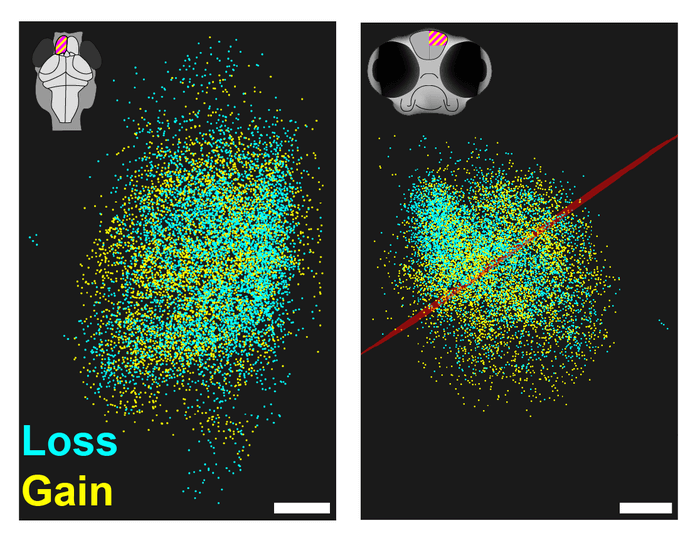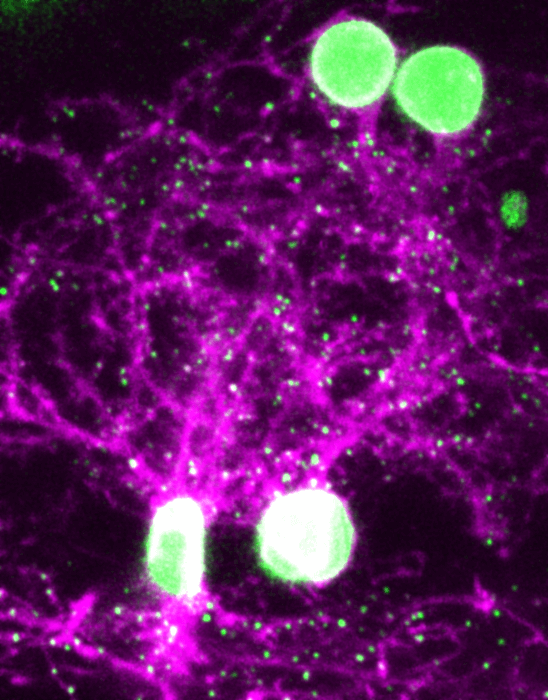How does the brain form a memory? For decades, it was believed that memory formation would strengthen or weaken existing synapses within the brain. But memory formation may, in fact, create entirely new synapses while destroying older ones, according to new research from the University of Southern California.
With the help of new, state-of-the-art technology, including a new type of cell labeling, a team at USC – led by Don Arnold, Scott E. Fraser, and Carl Kesselman – was able to observe the physical changes within the brain of a living organism for the very first time.
These new techniques and tools allowed researchers to observe the synapses of a living zebrafish, an animal often used for brain studies, both before and after memory formation.
Prior to this six-year study, researchers were only able to observe synapses in the brains of deceased organisms. This made the comparison of physical changes resulting from memory formation impossible to study within the same brain because the only feasible comparisons were between different specimens.

But through biomedical engineering, the research team was able to alter the DNA of the zebrafish, making it possible to accurately identify both the strength and precise location of synapses. This, along with a new microscope specially designed for this project, allowed researchers to observe real time changes in the brain, without elevated risk of damage or impairment to the zebrafish.
Researchers observed the strength and location of synapses in the brains of young zebrafish. The zebrafish were then taught to associate a flashing light with an infrared laser aimed at their head, with the goal of learning to avoid the laser when the light flashed.
Once the zebrafish had learned the intended association, the team again observed the strength and location of specific synapses, leading to a profound discovery about the brain.

“We found the formation and elimination of synapses, but we saw only small, random changes in synaptic strength of existing synapses. This may be because this study concentrated on associative memories, which are much more robust than other memories, and are formed in a different place in the brain, the amygdala, versus the hippocampus for most other memories,” said Arnold in a statement.
The very idea that memory formation does not simply strengthen existing synaptic connections is a stunning discovery. This small but significant finding may drastically alter our understanding of how the brain learns and processes memories, particularly negative associative memories.
This discovery provides crucial insights on how memories are formed in the brain, and may help uncover why some memories become more prevalent than others. The breakthrough in understanding associative memories may help with the treatment of PTSD, as well, according to the study.
Additionally, the team’s process of data collection and their commitment to complete transparency of their work and results may help improve the standards of future scientific research. Every piece of the team’s research and data is, in fact, available to the public.
This study was originally published in the Proceedings of the National Academy of Sciences.
Article written by Adam Swierk












